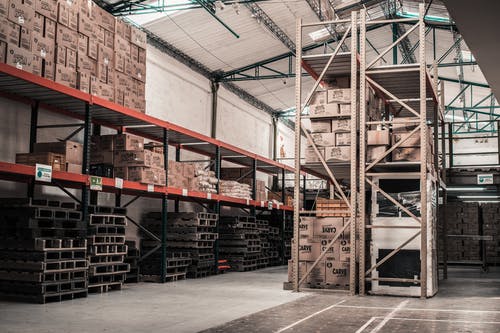Automation has been a hot topic in the warehousing industry for years, but never before has minimizing person-to-person contact in warehouses been such an urgent and important priority than in 2020. In a year dominated by the Coronavirus pandemic and the innumerable effect it has had on every industry and society, many warehouse managers are reconsidering their approach to automating key processes within their facilities.
When we look back on it in a few decades, the beginning of total warehouse automation and COVID-19 will likely share an unquestionable link. However, the degree to which the pandemic accelerates the automation timeline remains to be seen, as does the number of companies with the financial resources and technological capacity necessary to last until that timeline reaches its conclusion.
Has Coronavirus Sped up the Adoption of Automation in Warehouses?
Understandably, the effect COVID-19 has had on the future plans of warehouse owners and managers was a big topic of discussion in Peerless Research Group’s recent survey of 225 Modern Material Handling subscribers. According to the survey results, only 26 percent of respondents were sure that they would not change their purchase plans for automated warehouse technology in light of the Coronavirus pandemic.
Conversely, 21 percent of respondents are planning to make serious changes to their future plans because of the pandemic, with almost 60 percent planning to act either immediately or within the next three months. 47 percent of respondents were unsure about the impact the pandemic might have on their future plans, but that number is expected to shrink as the virus continues to spread.
Interestingly, the percentage of respondents who said they were interested in reducing in-person labor in their facilities remained steady at 51 percent, with no change in percentage since the previous survey in 2019. This seems to indicate that while COVID-19 has increased interest in automating various warehouse processes, many warehouse managers are not necessarily on board with a completely autonomous warehouse floor.
New Challenges of Implementing Automated Solutions
One reason a lot of companies might still be hesitant to increase automation in their warehouses is the difficulty of installing, testing, and maintaining new systems during a worldwide pandemic. After all, before an automated machine can run itself, a human has to put it in the right place and tell it what to do, and if that machine malfunctions or breaks, a human has to fix it – all of which become significantly more complex tasks when close proximity to other humans could propagate the spread of a deadly disease.
In the long term, it’s very likely that COVID-19 will serve as a proof-of-concept for how automated warehouse solutions could help mitigate the impact a pandemic on day-to-day workflow. However, there is nothing automation can do to change the shifts in purchasing patterns that the Coronavirus has created, and in the meantime, there is not much warehouses which aren’t already automated can do to quickly phase out their need for human capital.

